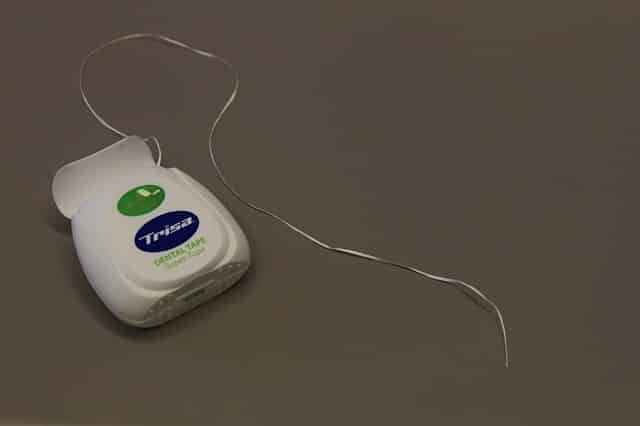How To Use a Waterpik for Flossing
Many people avoid flossing because they find it uncomfortable; after all, floss can be hard on sensitive gums and gripping a piece of floss in one’s fingers and then pushing it far enough back to reach in between one’s molars can feel like a challenging test of dexterity. If you have struggled with the aforementioned issues while flossing, you’re probably wondering whether or not water flossing tools (e.g. Waterpik, Profloss, the Panasonic Oral Irrigator, etc.) can completely replace traditional floss—or even substitute for both brushing and flossing.
Unfortunately, though water flossing tool companies sometimes claim that their products can completely eradicate the need to brush or floss, the current expert consensus is that no, they cannot do so. However, if you’re serious about your oral health, dentists recommend that you purchase a water flosser regardless; water flossing tools confer oral health benefits that conventional flossing and brushing cannot.[1]
Can I Skip Flossing if I Use a Waterpik?
Our family dental clinic in NSW Orange does not recommend skipping flossing even if you use a Waterpik. While a Waterpik can be a helpful addition to your oral hygiene routine, it is not a substitute for flossing. Flossing helps remove plaque between your teeth and along the gum line which the Waterpik may not reach.
Brushing, Flossing, And Water Flossing: How To Find The Right Balance
Individuals with normal dentition and good dental health should use a water flosser once per day to remove any debris loosened by brushing and flossing and to rinse away any lingering bacteria. At least twice a day, you should brush thoroughly for two minutes, then floss with conventional floss (moving the floss back and forth carefully along the inner sides of each tooth). During the second (evening) brushing, after flossing with conventional floss, rinse between your teeth with a water flosser. Ideally, you should complete your oral care regimen by swishing your mouth out with a fluoridated mouthwash.
If you have sensitive gums, experts recommend that you floss just once a day with wax-covered floss to remove built-up plaque from your teeth (according to Mayo Clinic[2], conventional floss is needed for this as it gently scrapes plaque off the sides of teeth; water alone doesn’t. Ergo, even if you have very sensitive gums, you should always talk to your dentist before giving up daily flossing in favour of another option). To reduce how often you need to floss and to lessen the amount of pressure you need to apply when you do floss, use a water flosser after each meal to clear away food debris—the less food debris is allowed to remain on your teeth, the less plaque there will be to remove with floss later on.
Note that if you have either braces or advanced gum disease, using a water flosser becomes mandatory for achieving truly clean teeth. A water flosser can access the areas around and beneath braces to remove food debris that brushing and flossing can’t reach; it can also safely and gently flush out the deep “pockets” that form around the teeth of individuals with advanced gum disease.[3]
If you have any remaining questions or concerns about water flossing, ask your dentist for advice. Your dentist will be able to help you determine how often you should use a water flossing tool and recommend reliable brands available in your area.
Sources:
[1] Waterpik Vs. Floss, http://www.livestrong.com/article/287399-waterpik-vs-floss/
[2] Is it more effective to floss teeth with a water pick or standard dental floss? http://www.mayoclinic.org/healthy-lifestyle/adult-health/expert-answers/dental-floss/faq-20058112
[3] Waterpik Vs. Floss, http://www.livestrong.com/article/287399-waterpik-vs-floss/

